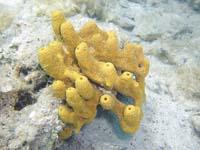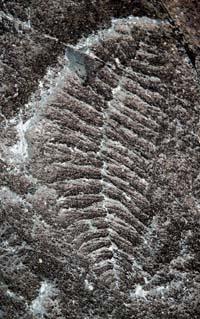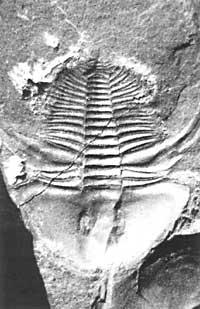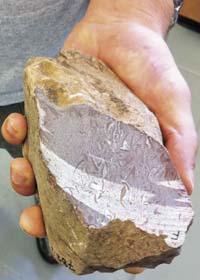They discover the oldest remains of animals
2009/03/01 Elhuyar Zientzia Iturria: Elhuyar aldizkaria

Paleontologists had problems finding traces of animals prior to the Cambrian explosion (540 million years ago). These animals had no hard parts, so they were not fossilized. Now, however, the geochemicals at the University of California have been able to find animal remains 100 million years earlier.
The discovery was made by the team led by Gordon Love. Specifically, the 24-CPI molecule, an exclusive molecule of organisms of the Demospongiae class, has been detected. These organisms are found in the roots of the animal evolutionary tree and belong to this class the current sponges.
Researchers have found remains in the ancient rocks of the southeast of the Arabian peninsula and have estimated that they are at least 100 million years before the Cambrian explosion. In fact, this date is surprising, since at that time the Earth was covered with ice and the sponges live in rather warm or temperate seas. Therefore, or the sponges of that time were able to grow in very harsh conditions, or formed before that time, and only remained on the ice.

Gai honi buruzko eduki gehiago
Elhuyarrek garatutako teknologia





